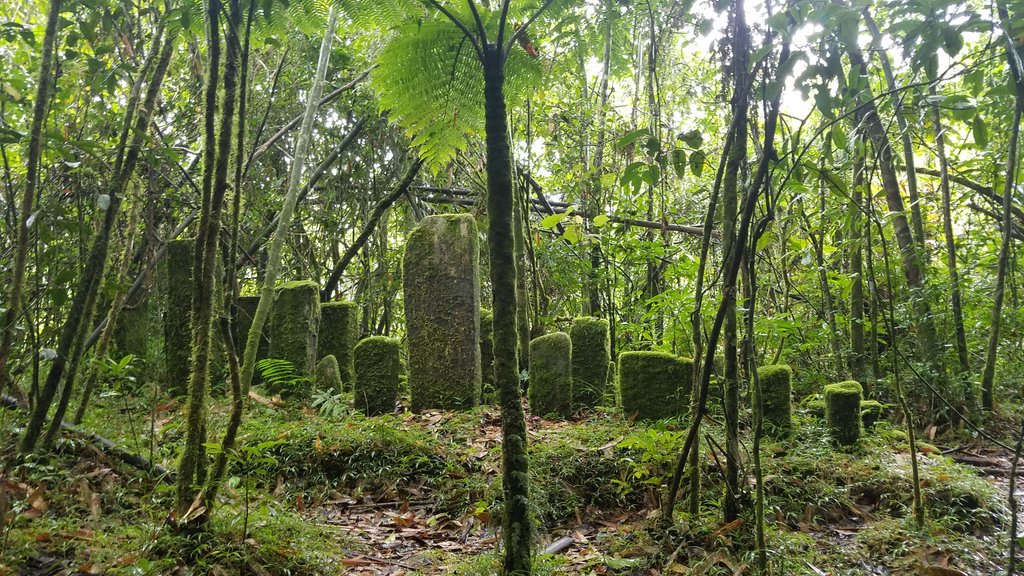Zoo Society Director of Programming and Conservation Action Tom Snyder will be documenting the team’s findings as One Cubic Foot Madagascar continues.There is this notion that in a rainforest, or an area as biodiverse as Madagascar that the amount of wildlife is bursting at the seams. The reality is much different. You have to search for proper habitats, even when you are surrounded by over 80,000 acres of national park, like here at Ranomafana National Park.
In the last 5 days, the Seneca Park Zoo Society’ One Cubic Foot team has hiked nearly 100 miles of trails looking for the perfect habitat to find a One Cubic Foot space that is representative of the most biodiversity found within the National Park boundary.
This is no small task, as most of the forest here is only 50 years old at its oldest. Forest succession is a lengthy process that begins with mosses and grasses covering the land. Pioneering and fast growing trees fill in spaces, and only then does it have the chance for the next stage, the climax forest community. A climax community means there is no net annual accumulation of organic matter. In other words, the forest reaches equilibrium. Plants, trees, and wildlife that die off are replaced by the same species. In these climax communities there is wide biodiversity that features a complex food chain.
Throughout our stay here, most areas we have hiked are in an intermediate stage of forest succession. Few areas have large trees, with a lot of fern species, and small epiphytic growth on the trees. Only 50 years in, the soil composition is gaining nutrients, fruiting trees are expanding ranges, and small habitats are stabilizing and growing.
When we are looking for habitats, we are looking for a few key things:
- Shelter – A good shelter will give wildlife a place to hide and sleep, safety from predators, and an area out of the weather.
- Food and water – Just like humans, all animals need food and water for survival.
- Space – Space is needed to obtain food, water, and attract mates.
- Access to sunlight – This has been a larger problem than we anticipated on this trip. With only one day of party cloudy weather, the rest of the time has been filled with rain, cold weather, and climate that is much more suitable for couches, comforters, and movies.
Luckily on Sunday we found a microhabitat that is thriving with all of the above. We placed the cube yesterday, and will be monitoring, collecting, and identifying animals starting today. Stay tuned on Twitter for further updates now that we have found our spot.








